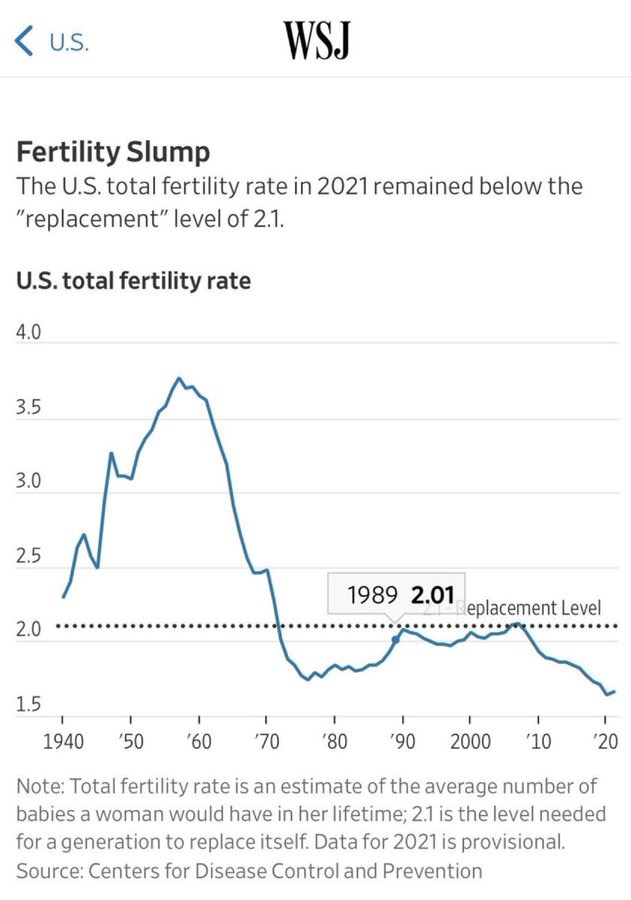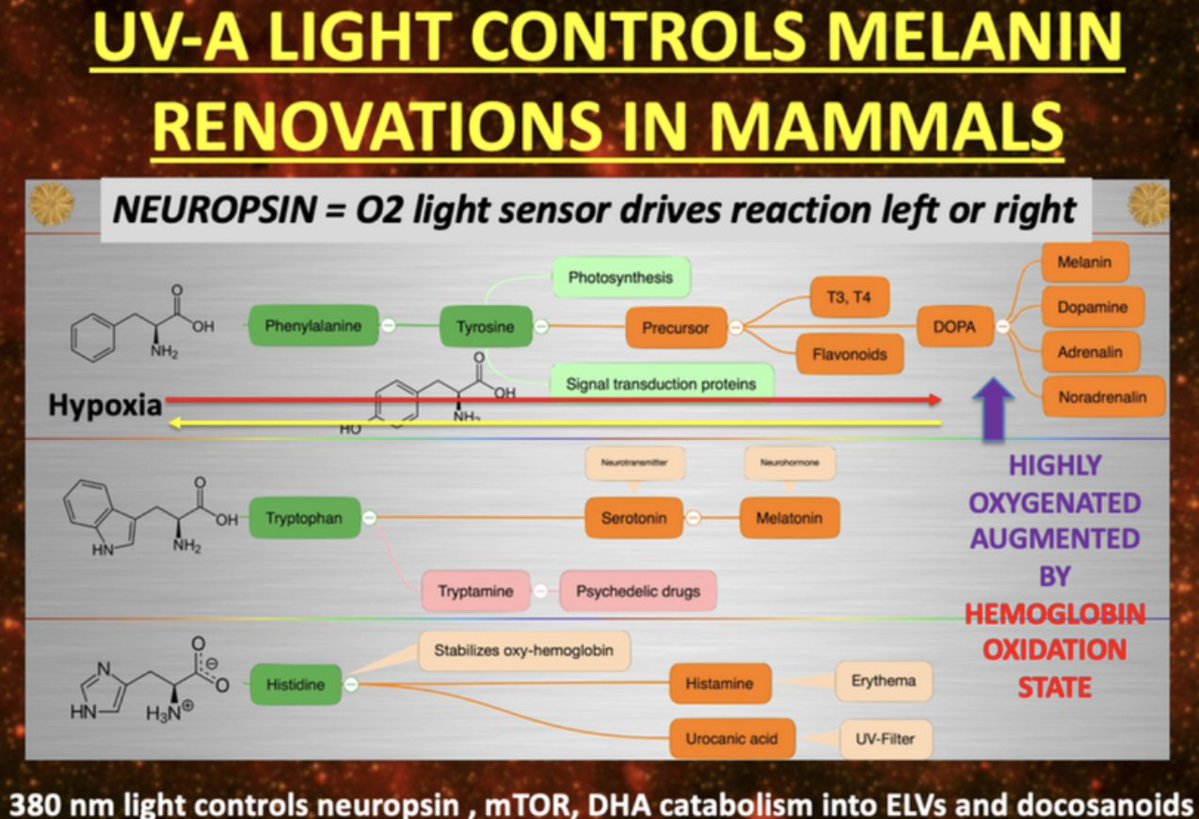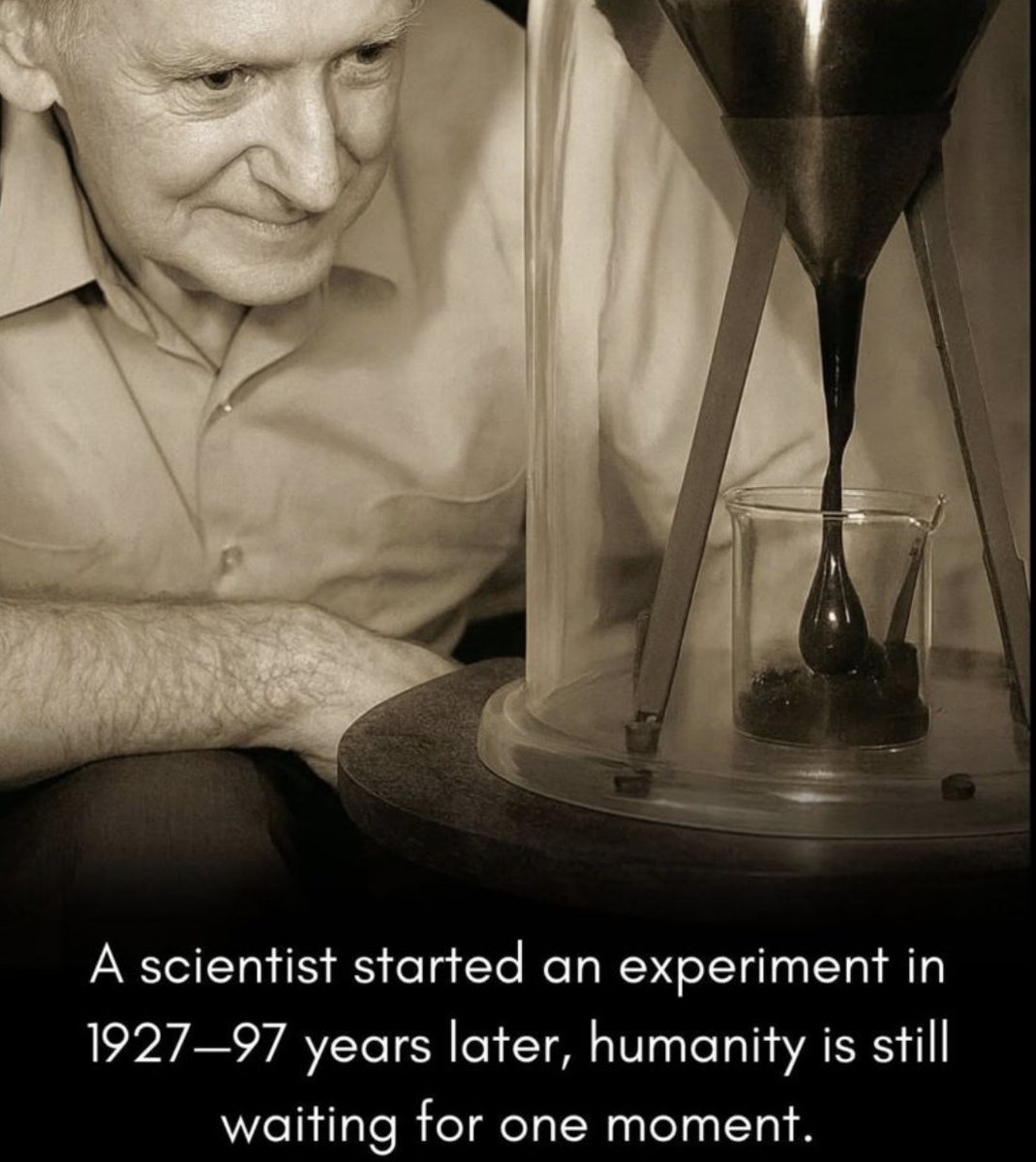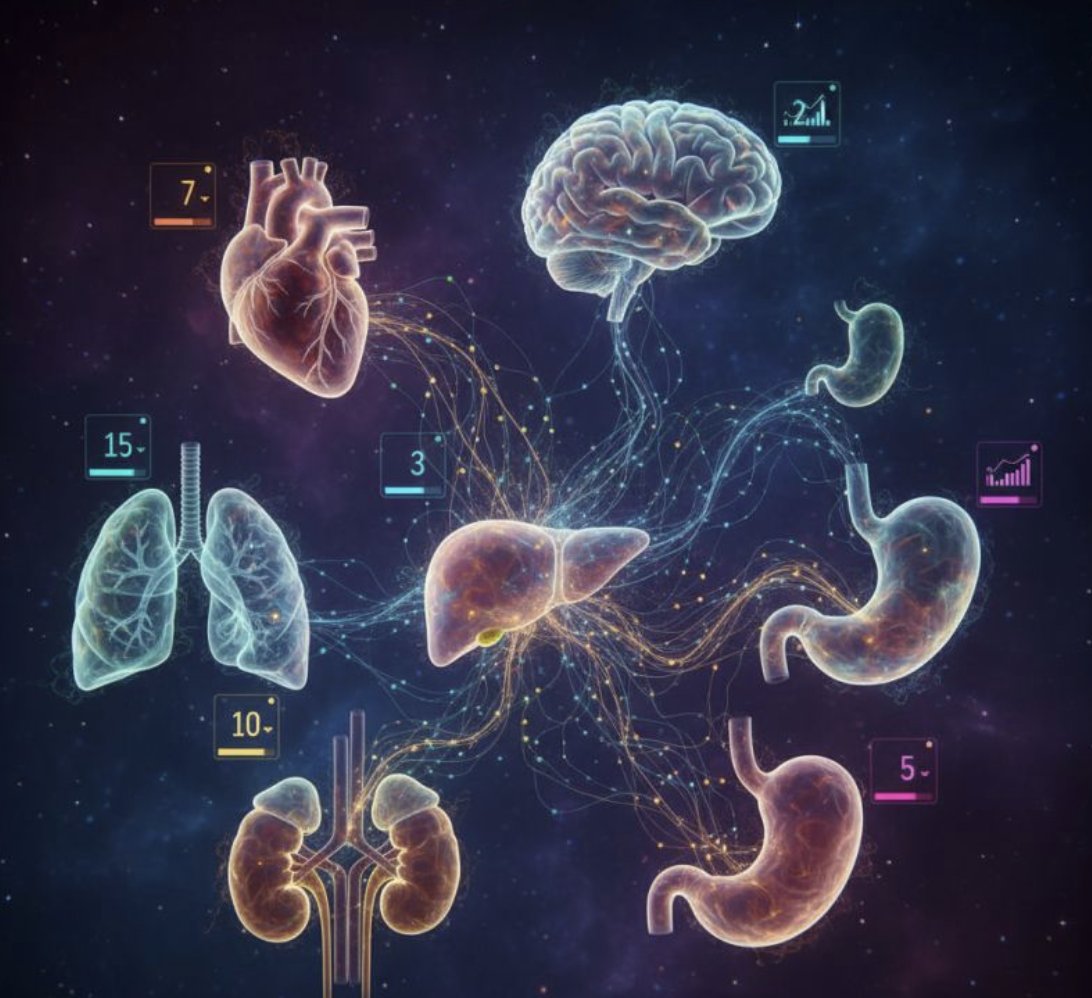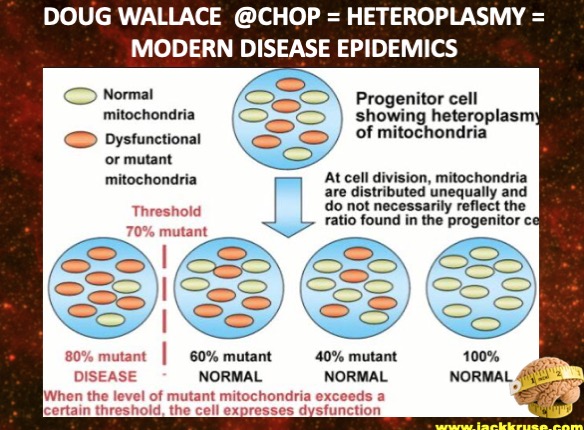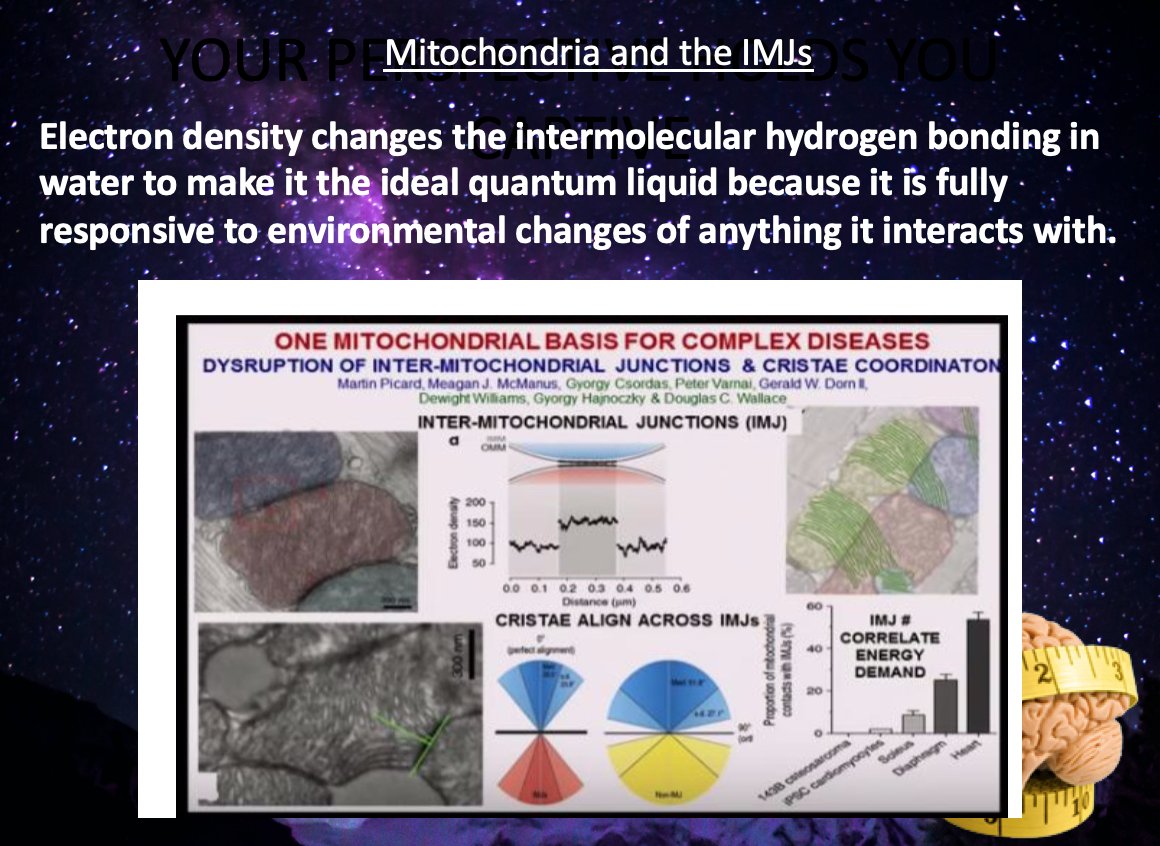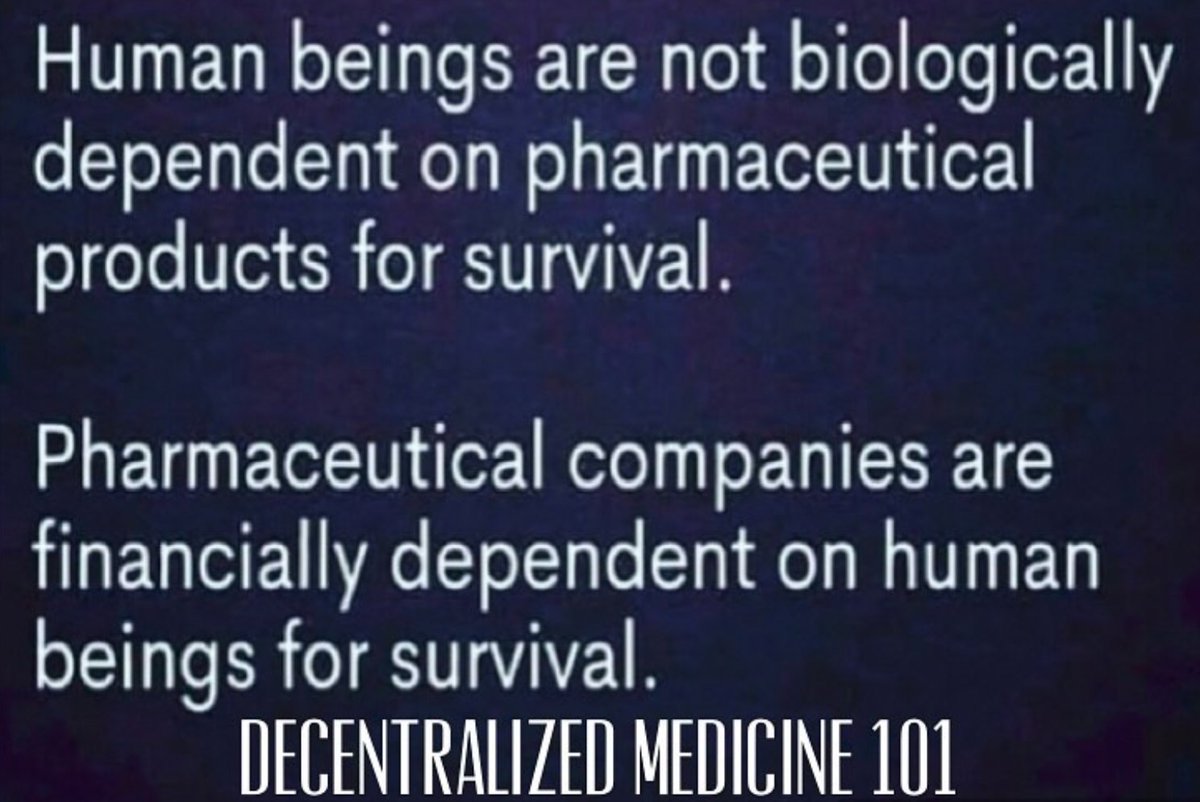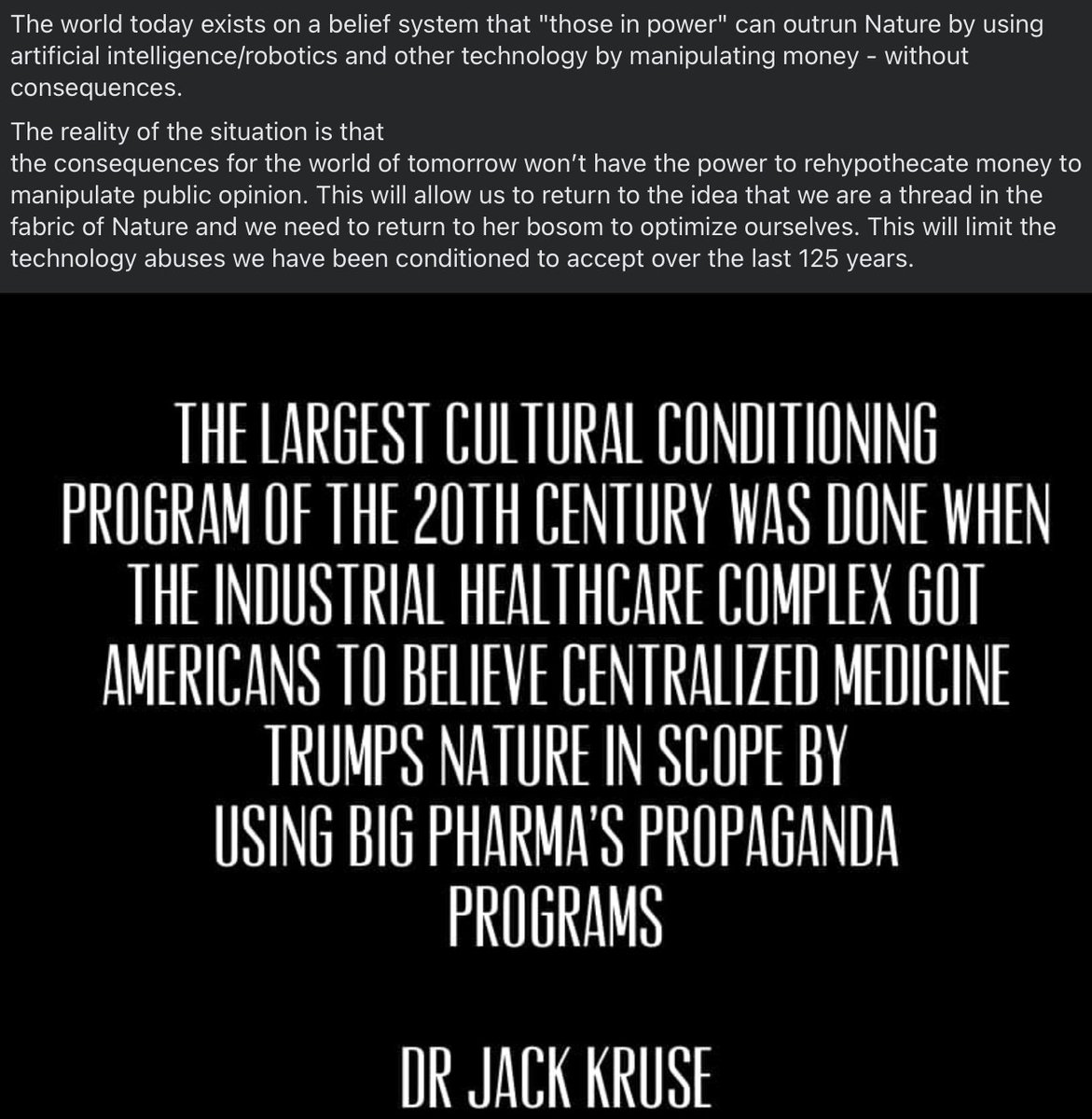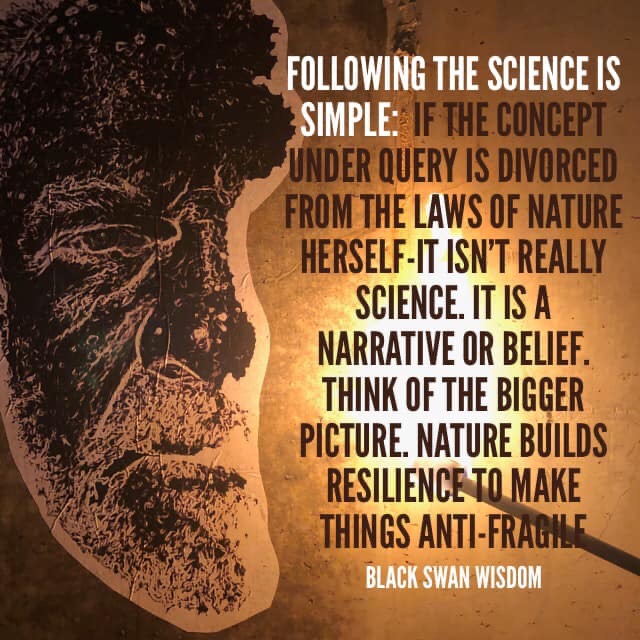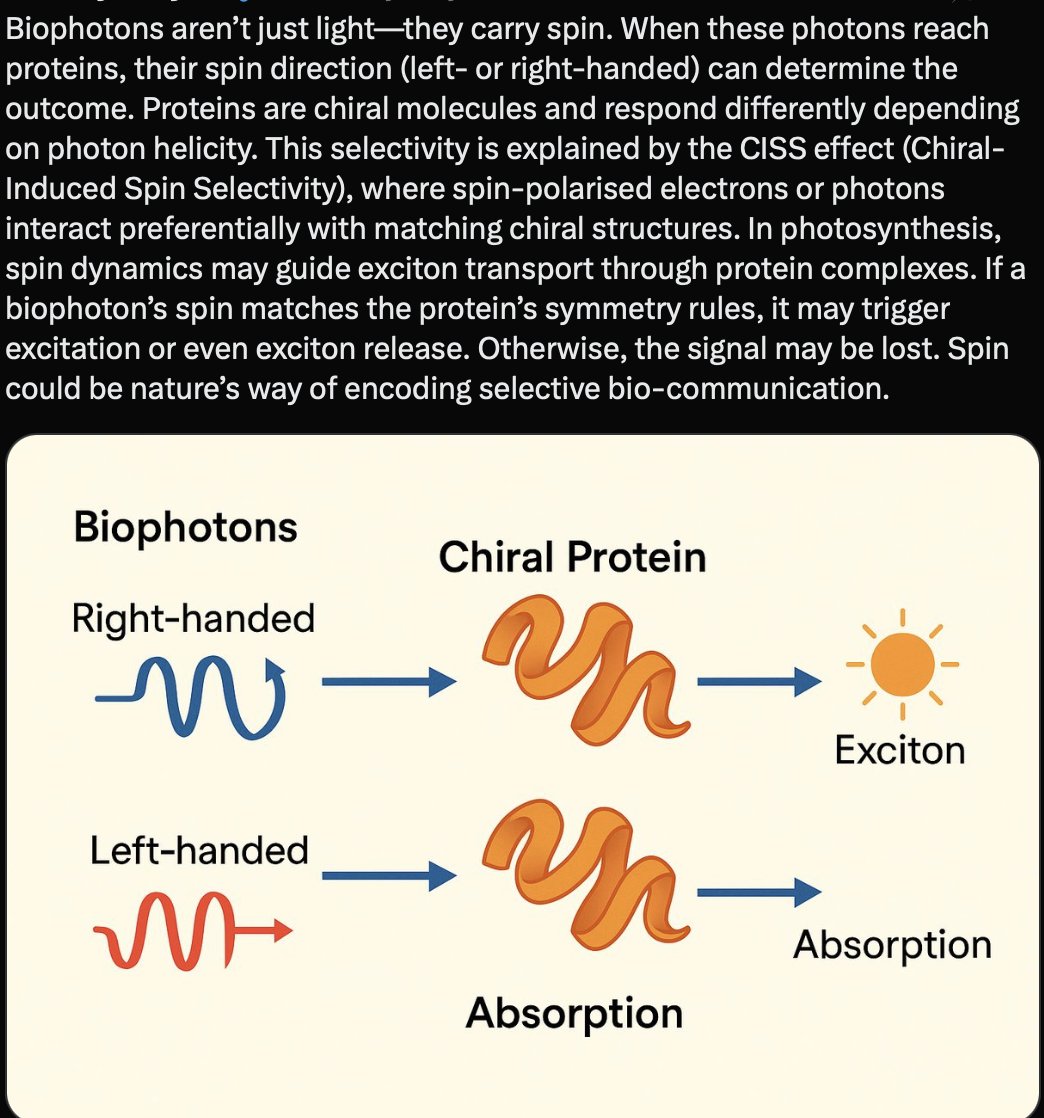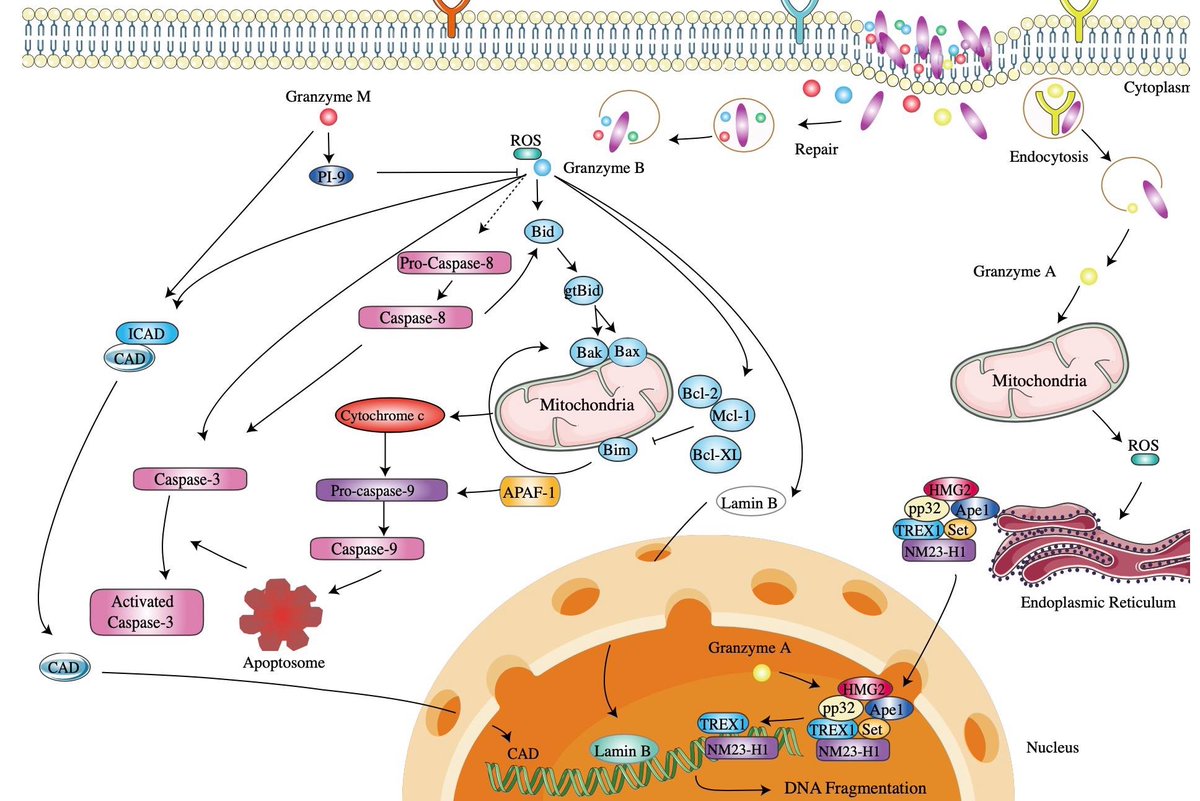Fasting and calorie restriction happens naturally via leptin melanocortin signaling and the effect of VDR on the IMM ECT. First principle thinking alone tells you that sunlight does this and lowers GDF15 mimicking calorie restriction. Avoiding Stress-Inducing Activities is also modulated by leptin melanocortin signaling by raising Parasympathetic signaling and controlling SNS. Sleep and recovery are increased by AM solar exposure. The sun is the best way to lower GDF15 and nothing approaches its success.
2. Leptin-melanocortin signaling can modulate autonomic nervous system activity, increasing parasympathetic tone and dampening SNS activity, which reduces stress responses like adrenaline release. GDF15 is upregulated by SNS activation (e.g., adrenaline-induced lipolysis in mice), so enhancing parasympathetic signaling could theoretically prevent GDF15 spikes.

3. Stress reduction via parasympathetic dominance (e.g., through relaxation or leptin-mediated hypothalamic effects) lowers GDF15 by avoiding stress-induced triggers. Reducing SNS activity aligns with reactions of GDF15 lowering to a decreased metabolic stress, decreasing GDF15, The SNS and the leptin-melanocortin pathway act in unison to lower chaos to improve signal fidelity.

4. Morning sunlight exposure (rich in blue light) entrains circadian rhythms via the suprachiasmatic nucleus, boosting melatonin production at night and improving sleep quality. Better sleep reduces cortisol and systemic stress, which could indirectly prevent GDF15 elevation, as GDF15 is stress-responsive.

5. Improved sleep and recovery lower inflammatory markers, which stabilize GDF15 levels over time.
First Principles: Sunlight’s role in circadian alignment and stress reduction supports a plausible mechanism for lowering GDF15
First Principles: Sunlight’s role in circadian alignment and stress reduction supports a plausible mechanism for lowering GDF15

6. Sunlight lowers GDF15 by mimicking calorie restriction because of the simultaneous actions of VDR on the IMM with NO slowing ATP production and continues IRA light powering up water's magnetic flux to change its physical structure to perform physiologic work. It is biologically plausible but lacks direct evidence because no biochemist or biophysicist has thought to test it.
Here’s why it works: Mechanistic Support: Sunlight activates VDR, reduces inflammation, and aligns circadian rhythms, all of which would reduce metabolic stress and mimic calorie restriction’s effects. GDF15 decreases during fasting, and sunlight’s anti-inflammatory effects (via vitamin D) or stress reduction (via circadian/sleep benefits) would replicate this.
Here’s why it works: Mechanistic Support: Sunlight activates VDR, reduces inflammation, and aligns circadian rhythms, all of which would reduce metabolic stress and mimic calorie restriction’s effects. GDF15 decreases during fasting, and sunlight’s anti-inflammatory effects (via vitamin D) or stress reduction (via circadian/sleep benefits) would replicate this.

7. The strongest evidence for acutely lowering GDF15 is short-term fasting (24–48 hours), which reduces metabolic demand and GDF15 levels in humans. This aligns with my point about leptin-melanocortin signaling’s role in energy balance.
Sunlight Exposure: Morning sunlight (15–30 minutes daily) could support chronic GDF15 reduction by reducing inflammation and stress, To test this, we could measure GDF15 levels (via blood tests I have) before and after a week of consistent morning sunlight exposure, ideally with medical oversight.
Stress Reduction: Enhancing parasympathetic tone (e.g., through meditation or vagal nerve stimulation) may prevent GDF15 spikes, supporting my point about autonomic balance. I use several vagal maneuvers to lower SNS signaling. tongue to the roof of the mouth, rubbing ones eyes, or cooling the carotid system all lower GDF15. I know because I have already measured the effects.
Sunlight Exposure: Morning sunlight (15–30 minutes daily) could support chronic GDF15 reduction by reducing inflammation and stress, To test this, we could measure GDF15 levels (via blood tests I have) before and after a week of consistent morning sunlight exposure, ideally with medical oversight.
Stress Reduction: Enhancing parasympathetic tone (e.g., through meditation or vagal nerve stimulation) may prevent GDF15 spikes, supporting my point about autonomic balance. I use several vagal maneuvers to lower SNS signaling. tongue to the roof of the mouth, rubbing ones eyes, or cooling the carotid system all lower GDF15. I know because I have already measured the effects.

8. Since GDF15 is part of the TGF-B superfamily how would theoretical biophysicist Davydov view it? GDF15, or Growth Differentiation Factor 15, is a protein belonging to the TGF-β superfamily. It is synthesized as a larger precursor protein called pre-pro-GDF15, which is then processed into a mature, active form. The mature GDF15 is a homodimer, meaning it consists of two identical protein chains linked together by disulfide bonds. A key feature of GDF15's structure is the presence of a cysteine knot motif and a fourth intrachain disulfide bond not typically found in other TGF-β superfamily members.
9. A.S. Davydov’s paper, “Energy and Electron Transport in Biological Systems” (1994), focuses on the biophysics of energy and electron transport in biological molecules, particularly through the lens of soliton dynamics in protein structures like alpha-helices. To evaluate how Davydov’s framework applies to GDF15 (Growth Differentiation Factor 15), a member of the TGF-β superfamily, we need to consider GDF15’s structural and functional properties in the context of Davydov’s soliton-based model for energy and electron transport.





10. What we do know about the protein even though no lab has gotten off their asses to ask the right questions.
GDF15 Structural FeaturesHomodimer Structure:
GDF15 is a homodimer, with two identical polypeptide chains linked by disulfide bonds. This dimeric arrangement is common in the TGF-β superfamily and provides a stable, folded structure critical for receptor binding and signaling.
Cysteine Knot Motif: The cysteine knot, formed by multiple disulfide bonds, creates a rigid, compact core that stabilizes the protein’s tertiary structure. This motif is characteristic of TGF-β superfamily members and contributes to their structural integrity.
Unique Fourth Intrachain Disulfide Bond: Unlike most TGF-β superfamily members, GDF15 has an additional intrachain disulfide bond, which confers distinct conformational properties or stability based on the laws of physics and chemistry.
Pre-pro-GDF15 Processing: GDF15 is synthesized as a larger precursor (pre-pro-GDF15) that is cleaved to produce the mature homodimer. This processing involves conformational changes and disulfide bond formation, which are energetically significant.
GDF15 Structural FeaturesHomodimer Structure:
GDF15 is a homodimer, with two identical polypeptide chains linked by disulfide bonds. This dimeric arrangement is common in the TGF-β superfamily and provides a stable, folded structure critical for receptor binding and signaling.
Cysteine Knot Motif: The cysteine knot, formed by multiple disulfide bonds, creates a rigid, compact core that stabilizes the protein’s tertiary structure. This motif is characteristic of TGF-β superfamily members and contributes to their structural integrity.
Unique Fourth Intrachain Disulfide Bond: Unlike most TGF-β superfamily members, GDF15 has an additional intrachain disulfide bond, which confers distinct conformational properties or stability based on the laws of physics and chemistry.
Pre-pro-GDF15 Processing: GDF15 is synthesized as a larger precursor (pre-pro-GDF15) that is cleaved to produce the mature homodimer. This processing involves conformational changes and disulfide bond formation, which are energetically significant.
11. Davydov’s paper emphasizes the role of nonlinear dynamics, particularly solitons, in facilitating efficient energy and electron transport in biological systems. While his work primarily focuses on alpha-helical proteins (e.g., in muscle or membrane proteins), the principles can be extended to other protein structures, including GDF15, with some caveats.
Here’s how Davydov’s ideas might relate to GDF15:
Soliton-Mediated Energy Transport:
Relevance to GDF15: Davydov’s soliton model describes how vibrational energy (e.g., from ATP hydrolysis or other exothermic reactions) is transported along protein chains as localized, self-reinforcing wave packets. In GDF15, energy transfer should be relevant during the folding and maturation of the pre-pro-GDF15 precursor or during its interactions with receptors (e.g., GFRAL, the GDF15-specific receptor).
The cysteine knot and disulfide bonds create a highly ordered, stable structure, which would theoretically support coherent energy propagation, similar to the lattice-like structures Davydov describes in alpha-helices.
Here’s how Davydov’s ideas might relate to GDF15:
Soliton-Mediated Energy Transport:
Relevance to GDF15: Davydov’s soliton model describes how vibrational energy (e.g., from ATP hydrolysis or other exothermic reactions) is transported along protein chains as localized, self-reinforcing wave packets. In GDF15, energy transfer should be relevant during the folding and maturation of the pre-pro-GDF15 precursor or during its interactions with receptors (e.g., GFRAL, the GDF15-specific receptor).
The cysteine knot and disulfide bonds create a highly ordered, stable structure, which would theoretically support coherent energy propagation, similar to the lattice-like structures Davydov describes in alpha-helices.
12. Structural Considerations:
The cysteine knot motif and additional disulfide bond in GDF15 form a rigid scaffold, potentially acting as a “lattice” for vibrational energy transfer. The homodimeric structure might allow for symmetric energy propagation across the dimer interface, enhancing stability of soliton-like excitations. However, GDF15’s compact, globular structure (unlike the extended alpha-helical chains Davydov studied) may limit the formation of long-range solitons, as the spatial extent of vibrational modes could be constrained.
Application: Energy transfer via solitons could be relevant during GDF15’s folding process, where the formation of disulfide bonds requires precise energy delivery to achieve the correct conformation. This process might involve localized vibrational excitations that couple with the protein’s structural dynamics, as Davydov 1994 paper suggests.
The cysteine knot motif and additional disulfide bond in GDF15 form a rigid scaffold, potentially acting as a “lattice” for vibrational energy transfer. The homodimeric structure might allow for symmetric energy propagation across the dimer interface, enhancing stability of soliton-like excitations. However, GDF15’s compact, globular structure (unlike the extended alpha-helical chains Davydov studied) may limit the formation of long-range solitons, as the spatial extent of vibrational modes could be constrained.
Application: Energy transfer via solitons could be relevant during GDF15’s folding process, where the formation of disulfide bonds requires precise energy delivery to achieve the correct conformation. This process might involve localized vibrational excitations that couple with the protein’s structural dynamics, as Davydov 1994 paper suggests.
13. Electron Transport and Bisolitons、
Bisolitons: Relevance to GDF15: Davydov’s concept of bisolitons, which are paired electron states stabilized by lattice interactions, would apply to electron transport in GDF15 during redox-related processes or receptor interactions.
The cysteine residues in GDF15’s knot motif and additional disulfide bond are electron-rich sites, potentially facilitating electron transfer or stabilization of electronic states during signaling.
Structural Considerations: The disulfide bonds, particularly the unique fourth intrachain bond, could serve as electron conduits or influence the electronic properties of the protein. The cysteine knot’s rigidity might support coherent electron transport by minimizing energy dissipation, aligning with Davydov’s emphasis on nonlinear, low-loss mechanisms.
However, GDF15’s primary role as a signaling molecule (rather than an electron transport protein like those in mitochondria) suggests that electron transport might be less central than energy transfer.
Application: If GDF15’s signaling involves redox changes or electron-mediated interactions with its receptor (GFRAL), Davydov’s bisoliton model should theoretically describe how electrons are stabilized and transported within the protein’s structure during these events.
Bisolitons: Relevance to GDF15: Davydov’s concept of bisolitons, which are paired electron states stabilized by lattice interactions, would apply to electron transport in GDF15 during redox-related processes or receptor interactions.
The cysteine residues in GDF15’s knot motif and additional disulfide bond are electron-rich sites, potentially facilitating electron transfer or stabilization of electronic states during signaling.
Structural Considerations: The disulfide bonds, particularly the unique fourth intrachain bond, could serve as electron conduits or influence the electronic properties of the protein. The cysteine knot’s rigidity might support coherent electron transport by minimizing energy dissipation, aligning with Davydov’s emphasis on nonlinear, low-loss mechanisms.
However, GDF15’s primary role as a signaling molecule (rather than an electron transport protein like those in mitochondria) suggests that electron transport might be less central than energy transfer.
Application: If GDF15’s signaling involves redox changes or electron-mediated interactions with its receptor (GFRAL), Davydov’s bisoliton model should theoretically describe how electrons are stabilized and transported within the protein’s structure during these events.

14. Quantum Coherence and Nonlinear Dynamics:
Relevance to GDF15: Davydov’s model relies on quantum coherence to explain how solitons maintain their integrity in biological systems. For GDF15, quantum effects should play a role in the precise folding of its cysteine knot or in stabilizing its dimeric structure during receptor binding. The ordered arrangement of disulfide bonds might support vibronic coupling (interactions between electronic and vibrational states), a key feature of Davydov’s theory.
Structural Considerations: The cysteine knot and disulfide bonds create a highly constrained, low-entropy structure, which could enhance quantum coherence by reducing thermal disruptions. However, GDF15 operates in aqueous, physiological environments where solvent interactions and thermal fluctuations might challenge the stability of coherent excitations, as noted in critiques of Davydov’s model.
Application: Quantum coherence might be relevant during GDF15’s interaction with GFRAL, where precise conformational changes are required for signaling. The energy landscapes of the cysteine knot and disulfide bonds could support transient coherent states, facilitating efficient signal transduction.
Relevance to GDF15: Davydov’s model relies on quantum coherence to explain how solitons maintain their integrity in biological systems. For GDF15, quantum effects should play a role in the precise folding of its cysteine knot or in stabilizing its dimeric structure during receptor binding. The ordered arrangement of disulfide bonds might support vibronic coupling (interactions between electronic and vibrational states), a key feature of Davydov’s theory.
Structural Considerations: The cysteine knot and disulfide bonds create a highly constrained, low-entropy structure, which could enhance quantum coherence by reducing thermal disruptions. However, GDF15 operates in aqueous, physiological environments where solvent interactions and thermal fluctuations might challenge the stability of coherent excitations, as noted in critiques of Davydov’s model.
Application: Quantum coherence might be relevant during GDF15’s interaction with GFRAL, where precise conformational changes are required for signaling. The energy landscapes of the cysteine knot and disulfide bonds could support transient coherent states, facilitating efficient signal transduction.

15. Role of Protein Structure: Relevance to GDF15: Davydov emphasizes the importance of ordered protein structures (e.g., alpha-helices) for soliton propagation. While GDF15 lacks alpha-helical dominance, its cysteine knot and homodimeric organization provide a highly ordered framework that should theoretically support similar nonlinear dynamics. This shows you why centralized scientists are frustrating to guys like me. They do not change their opinions without a paper. None of them use first pprinciple thinking to apply lesson learned from 1994 to think about why Nature built GDF15 as it did.
The additional disulfide bond may further stabilize this structure, potentially enhancing the efficiency of energy or electron transfer.
Structural Considerations: The cysteine knot’s rigidity and the symmetry of the homodimer could mimic the lattice-like properties Davydov describes, allowing for localized vibrational or electronic modes. However, the compact nature of GDF15’s structure might limit the spatial range of soliton propagation compared to extended protein chains.
Application: The ordered structure of GDF15 could enable efficient energy transfer during its biosynthesis or receptor binding, ensuring that conformational changes are rapid and precise, as required for its role in stress response and metabolic regulation. GDF was built for the leptin melanocortin pathway as a signaling beacon to maintain accuracy, in my opinion. Water directly effects its quantum abilities via the heat sink ideas I shared in my decentralize thesis.
The additional disulfide bond may further stabilize this structure, potentially enhancing the efficiency of energy or electron transfer.
Structural Considerations: The cysteine knot’s rigidity and the symmetry of the homodimer could mimic the lattice-like properties Davydov describes, allowing for localized vibrational or electronic modes. However, the compact nature of GDF15’s structure might limit the spatial range of soliton propagation compared to extended protein chains.
Application: The ordered structure of GDF15 could enable efficient energy transfer during its biosynthesis or receptor binding, ensuring that conformational changes are rapid and precise, as required for its role in stress response and metabolic regulation. GDF was built for the leptin melanocortin pathway as a signaling beacon to maintain accuracy, in my opinion. Water directly effects its quantum abilities via the heat sink ideas I shared in my decentralize thesis.

16. Water is beyond queer for the normie biochemist. They have no idea how it changes their models when light is added to it.
Hydrogen in water is not homogeneous on Earth. Dipoles can stack together in dipole interactions with alternating positive and negative poles next to one another. They also can interact electrostatically with other charged ions and other dipoles that are dissolved in water. Not all forms of hydrogen do this. Deuterium does not.
Chemistry Geeks: Water is most famous for forming hydrogen bonds with other water molecules and with other ions dissolved in it. A hydrogen bond consists of a hydrogen shared between two electronegative atoms like oxygen or sulfur. The compound that donates the hydrogen to the chemical reaction is the hydrogen donor, and the acceptor atoms are the hydrogen acceptor. Water is unique because it can be both an acceptor and a donor of hydrogen provided that hydrogen can move easily. Not all hydrogen can act this way in a cell. In fact, it can donate two hydrogens to reactions.
When hydrogen has an alternative spin it makes the water molecule take on the tetrahedral structure in its frozen form linked in a crystalline hexagonal array in crystal ice. Normally different isotopic forms of compounds behave very similarly to each other. However, nuclear quantum effects in the water molecule are significant and differ between the isotopic forms.
The heavier forms of water (D2O where D = deuterium (D), 2.0141 g ˣ mol-1; and T 2O where T = tritium, 3.0160 g ˣ mol-1) form stronger hydrogen bonds than light water (H2O where H = protium, 1.0078 g mol-1).
As bond strength varies this means the heavier versions of hydrogen vibrate less than expected. This is true in the matrix mitochondria or in the reactions that control the circadian mechanisms.
Hence hydrogen isotopes, D and T are more ordered than normal water, as shown by their greater molar volumes, are more tetrahedral and have more hydrogen bonds. This causes many of their properties (such as the viscosity, self-diffusion coefficient, protein solubility, toxicity a and biological activity including the effect on the frequency of circadian oscillations. This means deuterium can affect circadian mechanisms directly. It also means it affects GDF15 signaling. GDF15 is linked to the paramagnetic toggle effect in water.
Hydrogen in water is not homogeneous on Earth. Dipoles can stack together in dipole interactions with alternating positive and negative poles next to one another. They also can interact electrostatically with other charged ions and other dipoles that are dissolved in water. Not all forms of hydrogen do this. Deuterium does not.
Chemistry Geeks: Water is most famous for forming hydrogen bonds with other water molecules and with other ions dissolved in it. A hydrogen bond consists of a hydrogen shared between two electronegative atoms like oxygen or sulfur. The compound that donates the hydrogen to the chemical reaction is the hydrogen donor, and the acceptor atoms are the hydrogen acceptor. Water is unique because it can be both an acceptor and a donor of hydrogen provided that hydrogen can move easily. Not all hydrogen can act this way in a cell. In fact, it can donate two hydrogens to reactions.
When hydrogen has an alternative spin it makes the water molecule take on the tetrahedral structure in its frozen form linked in a crystalline hexagonal array in crystal ice. Normally different isotopic forms of compounds behave very similarly to each other. However, nuclear quantum effects in the water molecule are significant and differ between the isotopic forms.
The heavier forms of water (D2O where D = deuterium (D), 2.0141 g ˣ mol-1; and T 2O where T = tritium, 3.0160 g ˣ mol-1) form stronger hydrogen bonds than light water (H2O where H = protium, 1.0078 g mol-1).
As bond strength varies this means the heavier versions of hydrogen vibrate less than expected. This is true in the matrix mitochondria or in the reactions that control the circadian mechanisms.
Hence hydrogen isotopes, D and T are more ordered than normal water, as shown by their greater molar volumes, are more tetrahedral and have more hydrogen bonds. This causes many of their properties (such as the viscosity, self-diffusion coefficient, protein solubility, toxicity a and biological activity including the effect on the frequency of circadian oscillations. This means deuterium can affect circadian mechanisms directly. It also means it affects GDF15 signaling. GDF15 is linked to the paramagnetic toggle effect in water.

17. The dipole nature and propensity for hydrogen bonding are why water has an unusually high dielectric constant of -78 at room temperature. This makes it the most polar solvent in all of chemistry and biology! This fact alone should have gotten biochemists attention that intracellular water is really critical but it has not. (@MitoPsychoBio or @msahsorin )
Physics Geeks: Why is this a big deal? In QED and semiconduction, anything with this high a dielectric constant becomes easily polarized by an electric field. This is why the quantum magic can happen with water. The dielectric constant is also known as a relative static permittivity ability. This is a measure of the extent of which it concentrates electrostatic lines of flux relative to a vacuum. This is very important in semiconduction science for a coherent flow of current. The hydrogen bonds serve to align the dipoles, and at the same time, pulling away positive and negative charges within the molecule, and this acts to enhance the molecular polarization in liquid water.
Non Geeks: Because of these abilities collectively it makes water extremely versatile in creating supramolecular structures in water. This is why water can be thought of as structured and unstructured.
We call unstructured water bulk water. This has been extensively studied by Dr. Phillipa Wiggins way before Pollack got in the water game.
To give you an analogy of the variety of the supra structures in water let us consider ice. In nature, we see snowflakes, icicles, and packed ice in snow caps, in glaciers, and in icebergs. Snowflakes are so structured that each one is unique in its own right. When water is studied in the lab there are 15 known crystalline forms of ice that can appear under different temperatures and pressures. Some are amorphous noncrystalline forms of ices and there is glass like ices that are transparent but non-crystalline too. Biochemists never control for how light controls these biophysical dynamics.
Physics Geeks: Why is this a big deal? In QED and semiconduction, anything with this high a dielectric constant becomes easily polarized by an electric field. This is why the quantum magic can happen with water. The dielectric constant is also known as a relative static permittivity ability. This is a measure of the extent of which it concentrates electrostatic lines of flux relative to a vacuum. This is very important in semiconduction science for a coherent flow of current. The hydrogen bonds serve to align the dipoles, and at the same time, pulling away positive and negative charges within the molecule, and this acts to enhance the molecular polarization in liquid water.
Non Geeks: Because of these abilities collectively it makes water extremely versatile in creating supramolecular structures in water. This is why water can be thought of as structured and unstructured.
We call unstructured water bulk water. This has been extensively studied by Dr. Phillipa Wiggins way before Pollack got in the water game.
To give you an analogy of the variety of the supra structures in water let us consider ice. In nature, we see snowflakes, icicles, and packed ice in snow caps, in glaciers, and in icebergs. Snowflakes are so structured that each one is unique in its own right. When water is studied in the lab there are 15 known crystalline forms of ice that can appear under different temperatures and pressures. Some are amorphous noncrystalline forms of ices and there is glass like ices that are transparent but non-crystalline too. Biochemists never control for how light controls these biophysical dynamics.

18. Back to why I wrote this thread......Dr. Picard asked a simple question. What lowers GDF15 signaling. The simpla answer is sunlight. How it does this is complex biophysics that has not been done yet. The theoritical framework however has been done to create the experiment. I have test blood and saliva od GDF 15 so I know the answer in people. the PEER literature has a big open whole in it because no one has done the experiment or written the paper. Absense of evidence does not mean absense of effect. First principle thinking told me long ago that the sun would drop GDF15 like a rock. Its cycteine knot was my clue. See glutathione for a hint.
19. From Davydov’s viewpoint, GDF15 should be seen as a system where its ordered structure (cysteine knot, disulfide bonds, homodimeric arrangement) supports efficient energy and electron transfer during key processes:
Folding and Maturation: The formation of GDF15’s disulfide bonds and cysteine knot during maturation likely involves significant energy redistribution. Soliton-like mechanisms should ensure that this energy is delivered precisely to facilitate correct folding to control entropy.
Receptor Binding and Signaling: GDF15’s interaction with GFRAL requires conformational changes that should involve localized energy transfer via calcium flows. The soliton model might describe how these changes are energetically optimized, potentially involving quantum coherence.
Redox-Related Functions: If GDF15’s signaling involves redox changes (e.g., via its cysteine residues), the bisoliton concept would perfectlyexplain how electrons are stabilized and transported within the protein.
That is first principle science in a nutshell.
youtube.com/watch?v=9EKi2E…
Folding and Maturation: The formation of GDF15’s disulfide bonds and cysteine knot during maturation likely involves significant energy redistribution. Soliton-like mechanisms should ensure that this energy is delivered precisely to facilitate correct folding to control entropy.
Receptor Binding and Signaling: GDF15’s interaction with GFRAL requires conformational changes that should involve localized energy transfer via calcium flows. The soliton model might describe how these changes are energetically optimized, potentially involving quantum coherence.
Redox-Related Functions: If GDF15’s signaling involves redox changes (e.g., via its cysteine residues), the bisoliton concept would perfectlyexplain how electrons are stabilized and transported within the protein.
That is first principle science in a nutshell.
youtube.com/watch?v=9EKi2E…
20. While Davydov’s paper does not directly address GDF15 or TGF-β superfamily proteins, its soliton-based framework for energy and electron transport can be conceptually applied to GDF15 by focusing on its ordered structure and dynamic processes. The cysteine knot motif and additional disulfide bond provide a stable, lattice-like scaffold that could theoretically support soliton or bisoliton dynamics, particularly during folding, maturation, or receptor interactions. However, GDF15’s compact, globular structure and signaling-focused function present challenges to the direct application of Davydov’s model, which is better suited to elongated, bioenergetic proteins. Experimental studies would be needed to validate whether soliton-like mechanisms occur in GDF15, particularly given the environmental and structural constraints. Nonetheless, Davydov’s ideas offer a provocative lens for exploring the biophysics of GDF15’s structural and functional dynamics, highlighting the potential role of nonlinear and quantum effects in its biological activity.

22. @threadreader make me a roll.
• • •
Missing some Tweet in this thread? You can try to
force a refresh



